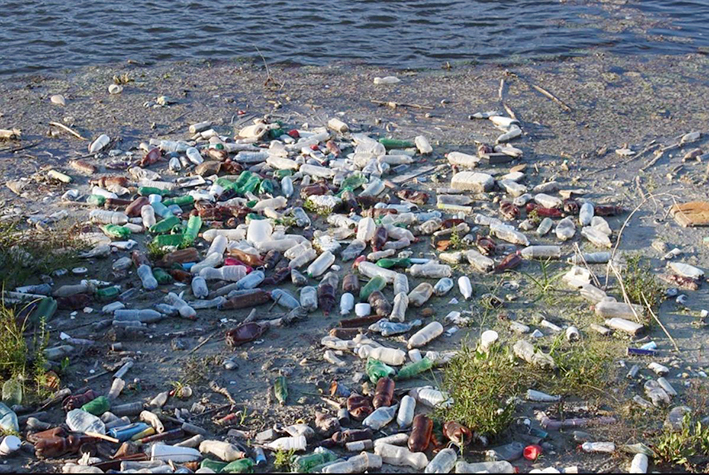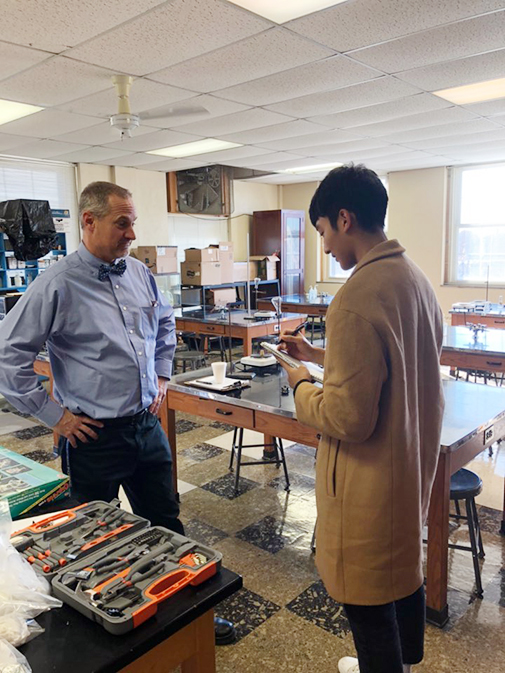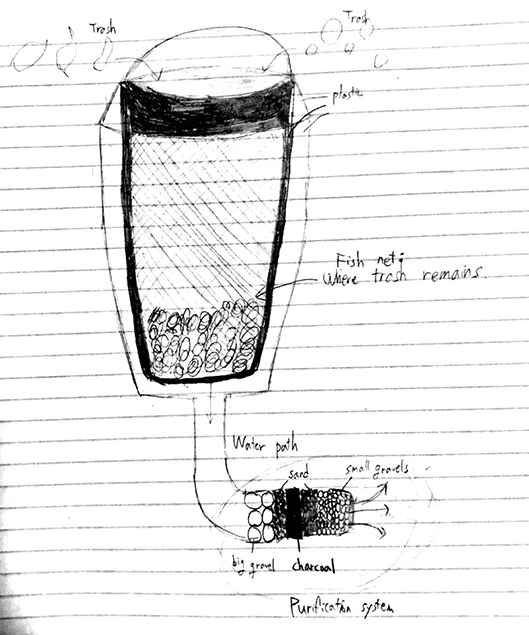
To many people, the word “ocean” no longer reminds them of an image of a vast openness of blueness but of large bodies of water littered with floating garbage, especially plastic waste. Roughly 500 billion single-use plastic bags are used annually, which end up in not only oceans but also lakes, rivers, and ponds – the natural habitats of the majority of living organisms on our planet. Ocean Crusaders, a charity organization that specializes in waterway cleaning on large scales, estimates that 17,746 plastic objects are in every square kilometer of the ocean. Furthermore, ocean acidification is also caused by an uncontrollable disposal of plastic waste into the ocean. Oceanographers have classified 200 ocean regions as “dead zones” where no life can exist.

Scientists and engineers have been searching for ways to address such a devastating impact on the environment. Dr. Luther Schmidt, who teaches science and engineering courses at Saint Paul Lutheran High School, gave several examples that have recently caught the public’s attention. One of the examples was Seabin, a floating bucket with a pump and water purification system to gather garbage pieces from harbors and docks. Experimented all over the world – including North America, Central America, Europe, Asia, and Oceania – Seabins have efficiently captured a considerable amount of microfibers and microplastics in oceans, rivers, and lakes. Dr. Schmidt also explained how the “auto-purification system can be run without people who always need to keep an eye on them, and developers can track the locations of these floating systems easily through the location tracking program.”

At the beginning of fall semester, Dr. Schmidt also gave us an assignment where we have to design our own engineering project that can be used to solve a social or environmental problem. Robert Blackburn and I developed a simpler model of Seabin, which is much cheaper and easy to build – even by people who have no engineering skills or knowledge. Robert and I aimed to make a model of Seabin with as little components as possible. After days of experimentation, we were able to make a Seabin with just big gravel, small gravel, sand, charcoal, plastic, fishnet, and metal wire. What is different with our model, compared to the original Seabin model, is that our model does not freely float in open water. Instead, it is stationed at the mouth of a moving body of water – a stream, river, or delta – to filter out floating plastic and purify water. Essentially, it operates like a dam. Garbage moves through the plastic bucket, to be caught in the fishnet inside the bucket. Water passes through the fishnet and through the tail of the Seabin, where it passes through a simple purification system made up of big gravels, small gravels, sand, and charcoal. As water passes through the tail, harmful bacteria and sediment are filtered to create clean water.
Reviewing our Seabin model, Dr. Schmidt commented that this simple model should be further developed to be used on small and large scales. “It can be used by local people in remote areas where people do not have access to clean water. It can also be utilized in dams to filter floating plastics and purify large bodies of water, so it is very different but also much operates like the original Seabin.” Robert and I plan to build an actual Seabin by the end of this semester, so that we can further test and improve our model.

Jonghyeok Kim
Senior (Grade 12)
Saint Paul Lutheran High School

